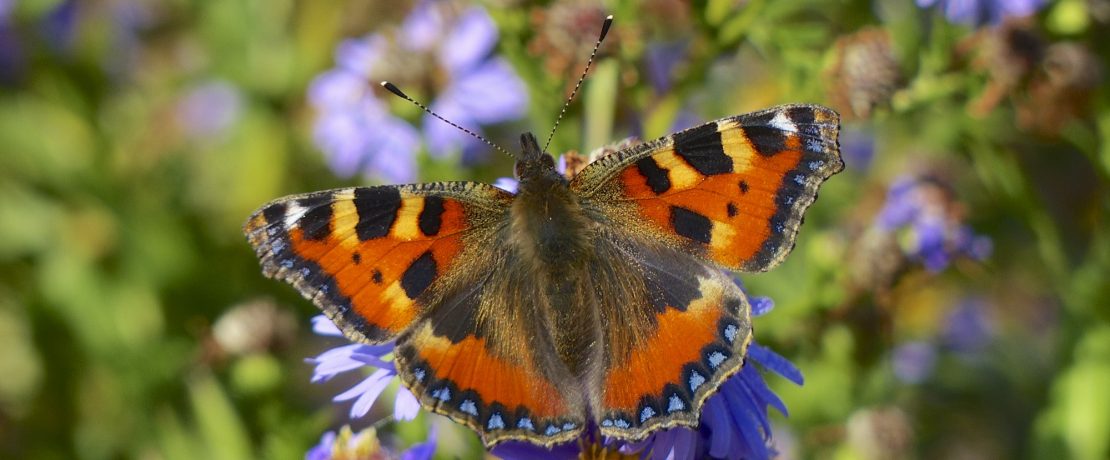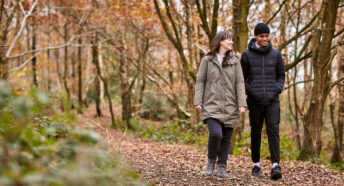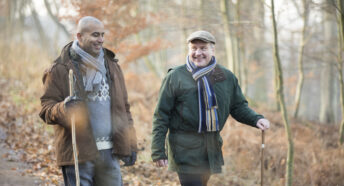Spotting brilliant summer butterflies
Summer is a fantastic time of year to see butterflies when you’re out and about. Here are our top 10 that’ll be on the wing over July and August.
Comma
This is a really distinctive looking orange and brown butterfly with pretty scalloped edges to its wings. It gets its name from a silver ‘comma’ mark on the underside of the wing. Look for commas in and around woodlands, but they’ll fly into gardens, too. In July, commas will be looking for nettles to lay their eggs on. The generation of butterflies hatching from those will spend the winter hibernating as adults.
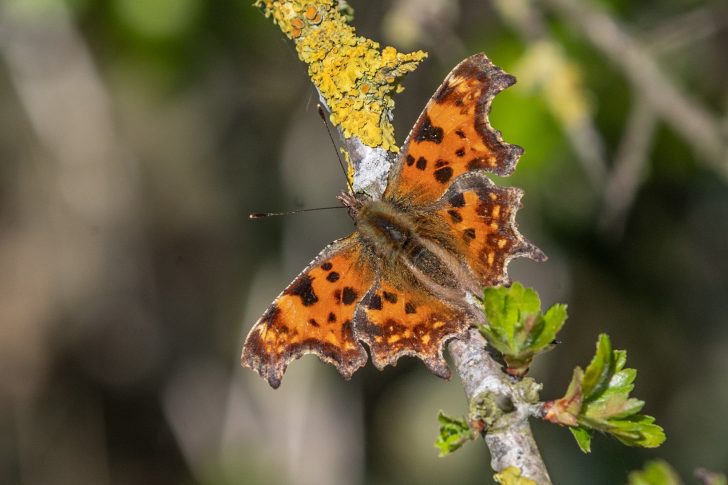
Common blue
The male common blue has, as you might expect, bright blue wings, and the female is a mixture of brown and blue. Their scientific name is Polommatus icarus; while the first part, polommatus, meaning ‘many spotted’, refers to the patterning on the underside of the wings, the second, icarus, comes from the Greek myth. Escaping the Minotaur’s labyrinth with wings made from feathers and wax, Icarus ignored his father’s warnings not to fly too close to the sun. The heat melted the wax and Icarus fell into the sea.
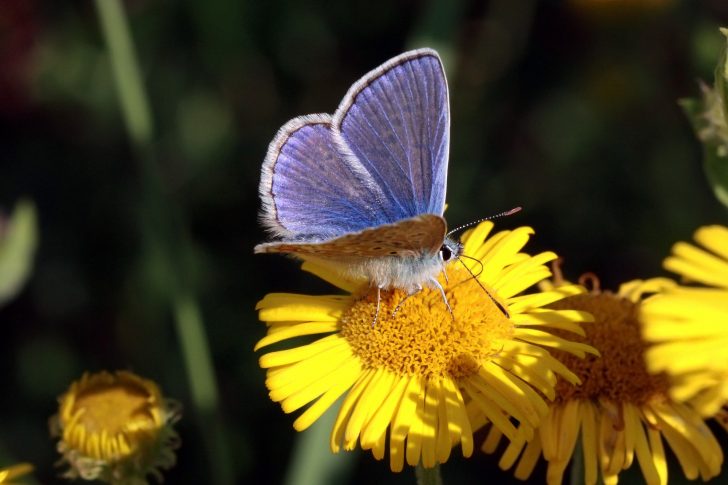
Large skipper
This tawny yellow butterfly also has an interesting Latin name, Ochlodes sylvanus. When roughly translated, Ochlodes means ‘turbulent’, referring to the male large skipper’s habitat of vigorously defending its territory from rivals. And sylvanus, meaning ‘of the woods’, gives a clue as to where that territory might be: woodland tracks and clearings, but also anywhere grasses are allowed to grow tall. Females will lay their eggs on cock’s-foot and purple moor grasses.
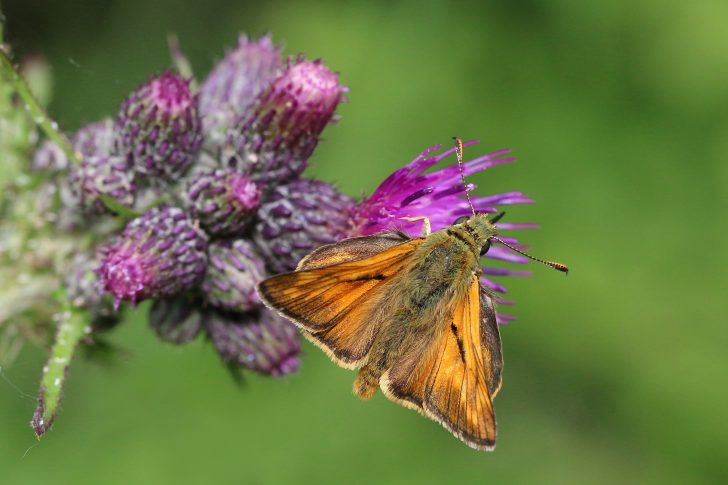
Large white
The large white certainly deserves its name, with a wingspan of up to 7cm! And as you’d imagine, it’s white – with black tips on the forewings.
It may be beautiful, but there’s bad news: it’s the butterfly you need to protect your cabbages from! Hungry large white (and small white) butterfly caterpillars like nothing more than to munch their way through brussels sprouts, cauliflowers, cabbages and kale. Large white adults can be around from April to October, and their young will spend the winter as chrysalises.
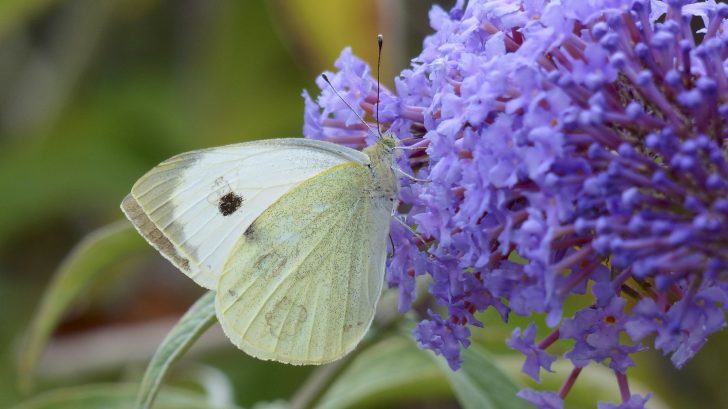
Marbled white
This black-and-white checked butterfly has spread from the south of England all the way up to Yorkshire, although there are quite a few gaps in its range. The adults are drawn to purple flowers like those of scabious or knapweed. Unlike most other butterflies, marbled white females lay their eggs on the ground! These striking butterflies can be found on chalk downland, verges and woodland clearings.
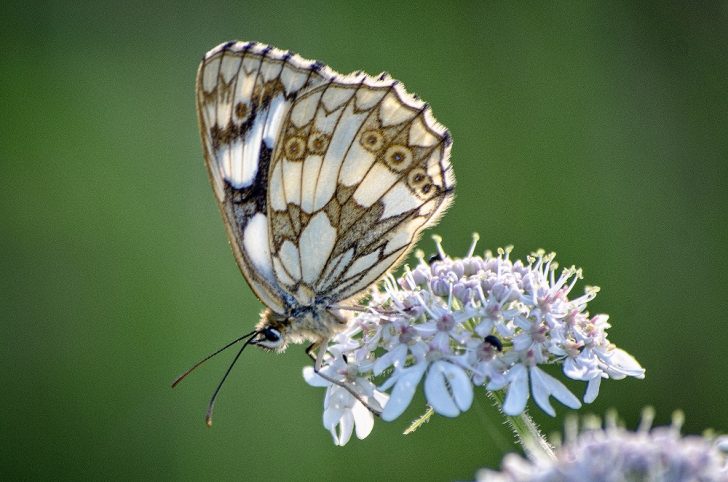
Painted lady
These incredible little orange, black and white thistle-munching butterflies are seasoned travellers. They fly from Africa and the Middle East to western Europe in huge numbers, sometimes many millions!
Astonishingly, their long-distance migration happens over several generations. For example, an adult butterfly might fly north across the Sahara to lay her eggs. The caterpillars hatched from those eggs grow, pupate and fly across the Mediterranean as adult butterflies, and so on. It’s recently been discovered that the butterflies make a return trip, too, flying south at high altitude, sometimes travelling 5,000 miles in just one generation.
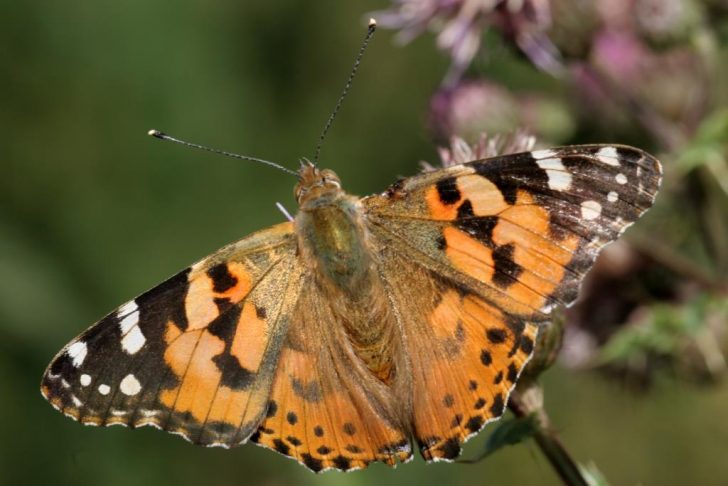
Peacock
The eyespots on this insect’s wings, reminiscent of those on the plumage of a peacock, are to ward off predators. These butterflies hibernate and while you’re likely to spot them during the summer you might even see them out and about as early as March, and sometimes even February!
Keep your eyes peeled for these butterflies in gardens, woodland edges and clearings.
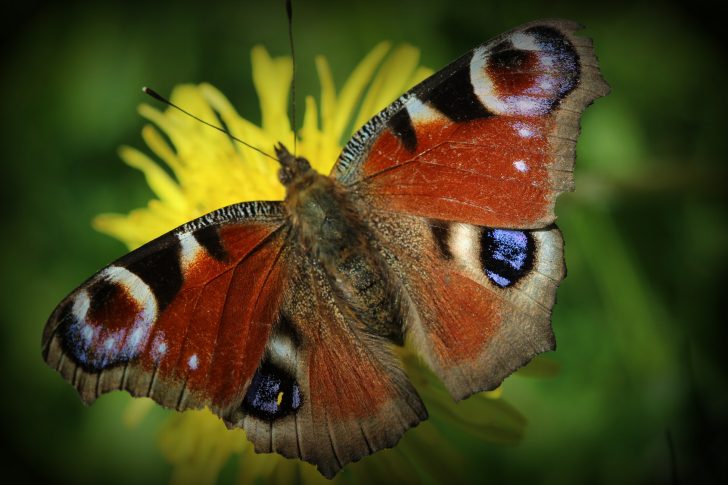
Red admiral
It’s tempting to assume that the name of these familiar butterflies perhaps describes their smart appearance, with these grand red and black wings and speckles marked with military precision! In fact, it’s possible that the name is a corruption of their original name. the ‘red admirable’.
Like the painted lady, the red admiral migrates, and while they might not be named ‘admirable’ any more the distance they cover certainly is. These large black, scarlet and white butterflies (with wingspans around 6-7cms) move up to the UK from Europe and North Africa in spring. The females lay eggs, typically on nettles, and the next generation of butterflies are on the wing from July.
Don’t worry if you haven’t spotted one yet this summer – you’ll see them as late as November, flitting amongst late flowers like those of ivy. They’ll also feast on fallen overripe fruit.
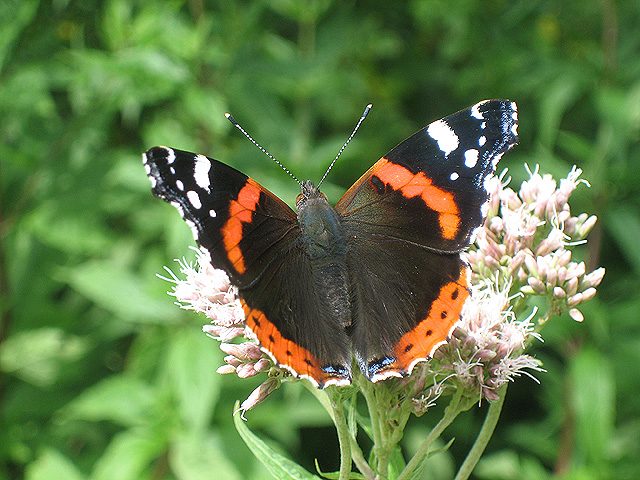
Small tortoiseshell
Small tortoiseshells have striking reddish-orange and black patterns and a fringe of blue markings around the edges of their wings.
These butterflies often come into gardens in search of nectar, and they’ll lay their eggs on nettles. Here, the caterpillars will stay together, building a web to protect themselves from predators. Small tortoiseshells spend the winter as adults and can often be seen early in spring.
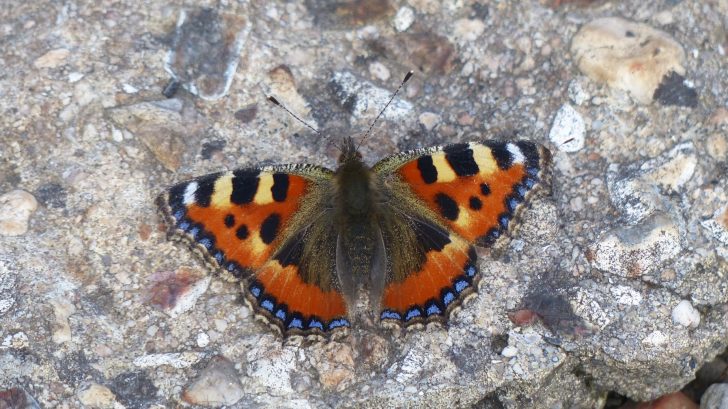
Speckled wood
This is a dark brown butterfly with light brown wing markings, some of which contain black spots with a white centre. Perfect camouflage in its preferred habitat; as its name suggests this insect is found in the dappled shade of woodland clearings.
Unlike any other British butterfly, speckled woods are able to hibernate as either a caterpillar or chrysalis.
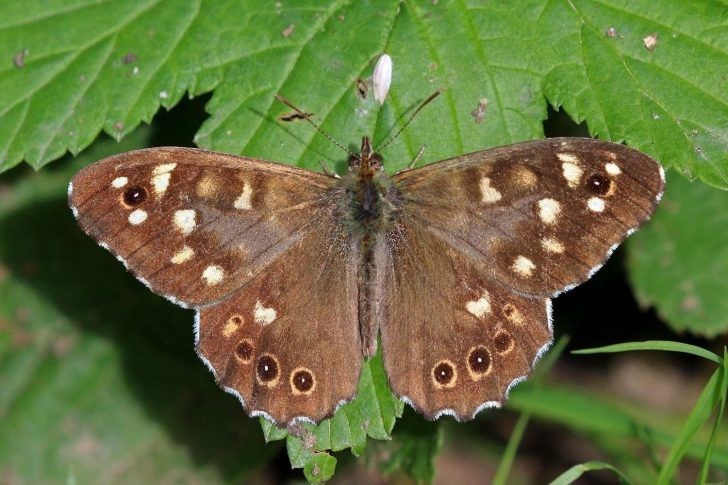
Butterfly fan?
Spotting butterflies when you’re out and about? Help take a census of butterflies by taking part in the Big Butterfly Count run each year by the Butterfly Conservation charity. It’s the world’s biggest butterfly survey!
And if you’re passionate about nature and the lovely green places that offer wildlife like butterflies a home, do keep an eye on our work around nature and landscapes (and sign up for our newsletter to hear more about what we’re doing to care for these areas!).
